HELENA — Federal candidates’ official campaign finance reports for the last three months are now posted, giving more details about the financial picture in Montana’s U.S. Senate race.
The general election for Democratic Sen. Jon Tester’s seat is just over a year away, in November 2024.
The one Republican challenger to file a report for the third quarter of the year is Gallatin County businessman and Navy veteran Tim Sheehy. His campaign reported raising almost $2.9 million during that period. That includes a $500,000 loan Sheehy made to his campaign and roughly $150,000 in other personal contributions he made – mostly for “testing the waters” expenses before he officially filed his campaign.
“Thanks to the outpouring of support from grassroots conservatives, we’re in a strong position to win and finally beat Jon Tester in 2024,” Sheehy said in a statement. “Our campaign is growing stronger every day, and it’s clear the people of Montana want a new generation of conservative leadership to represent them in Washington. Together, we’re going to finally retire Jon Tester, take back the Senate, and save our country.”
Sheehy has already been advertising extensively, and his campaign announced another round of TV and digital ads on Thursday. His latest financial report shows that, in July, August and September, the campaign spent more than $1.7 million – including more than $820,000 on “media placement and production,” and another $85,000 on digital advertising and website hosting.
Meanwhile, as speculation continues that U.S. Rep. Matt Rosendale will seek the Republican nomination for Senate, he filed a third-quarter report for his House campaign committee. The campaign reported raising more than $247,000 during that period and spending just over $128,000. While he raised significantly less than Sheehy over those three months, he ended September with more cash on hand – $1.7 million compared to Sheehy’s $1.1 million.
Rosendale still hasn’t made a formal announcement about his plans for 2024. However, another candidate is also entering the Republican field. Former Montana Secretary of State and Public Service Commissioner Brad Johnson announced this week that he’s running for Senate. He told MTN Thursday that he believed the Biden administration had taken the country off course and it was now an “all-hands-on-deck moment.”
“I’m doing this because I think there is a very real need for Montana to be represented by a senator who knows the state, who knows the issues, who has a solid conservative record,” he told MTN Thursday. ‘I can hit the ground running when I go back there. And I am absolutely confident that I can beat Jon Tester in a general election in Montana.”
Johnson said he decided to enter the race because it was important for the Republican Party to nominate a candidate who can win. He said he had respect for Sheehy’s service, but that Montana voters have no way of knowing what kind of candidate or senator Sheehy would be. He said he considered Rosendale a friend and a good congressman, but that he thought it was a bad idea to renominate someone who lost to Tester in the 2018 Senate election.
“I fully expect to be outspent in this primary election, but I’ve been outspent before,” he said. “If you look back, I’ve done very well in hotly contested Republican primaries, and I have every reason to believe we will be successful in this one.”
Johnson was elected Secretary of State in 2004 and narrowly lost reelection in 2008. In 2014, he was elected to the Public Service Commission, where he served from 2015 through the start of 2023.
One other Republican has decided not to stay in the race for U.S. Senate. Jeremy Mygland, who owns a construction business in the Helena Valley, filed with the Federal Election Commission in July 2022, but announced last week that he would instead run for the Montana Senate. In his statement, he praised Rosendale and encouraged him to enter the race to challenge Tester.
As the Republican race continues to take shape, Tester’s reelection campaign raised just over $5 million in the third quarter. They spent more than $2.5 million, which included more than $1 million on digital media, more than $550,000 for direct mail and more than $100,000 for text messaging. Tester’s campaign still had more than $13 million in cash on hand at the end of September.



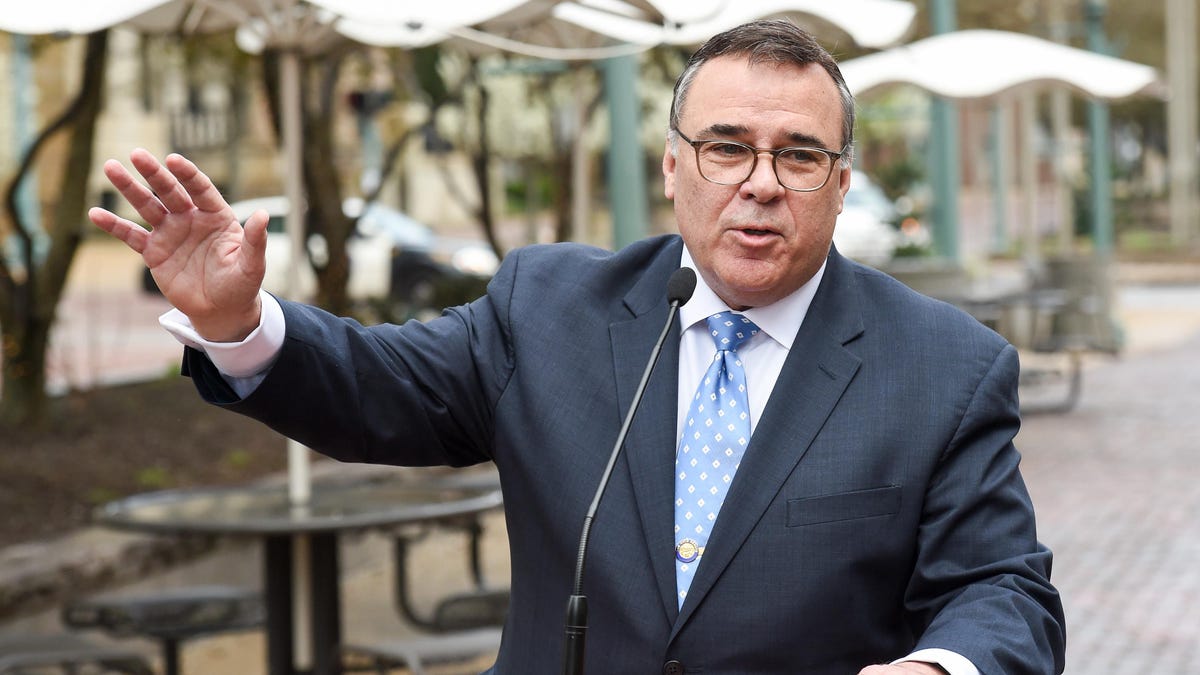

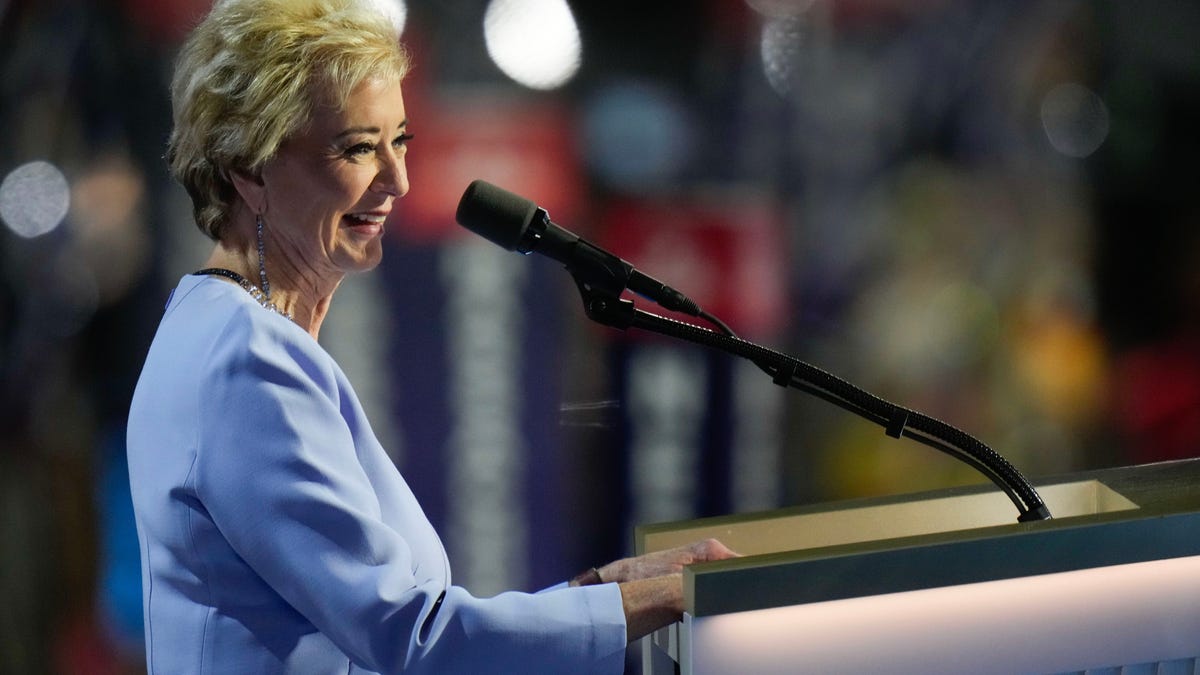







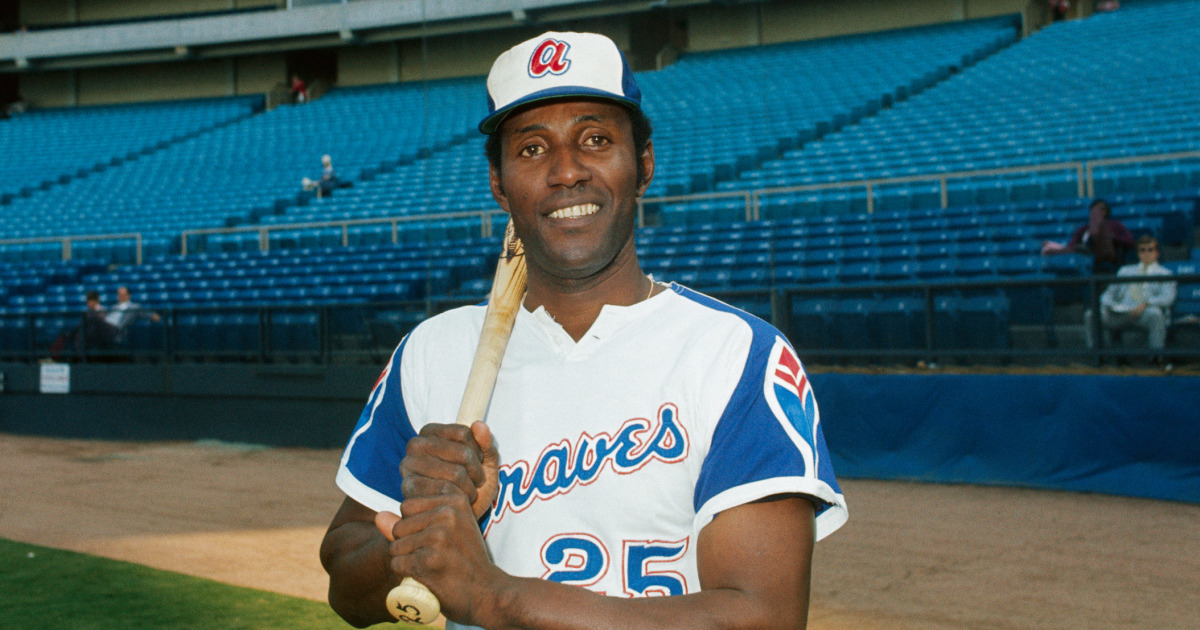





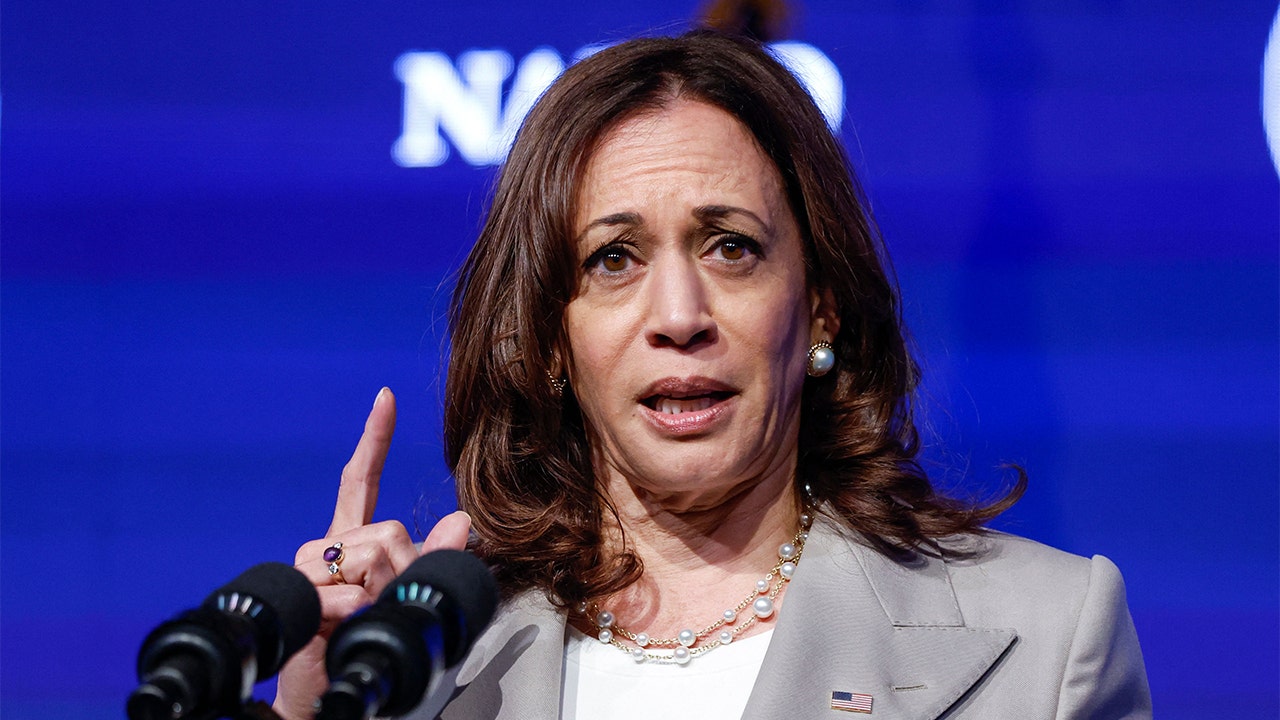



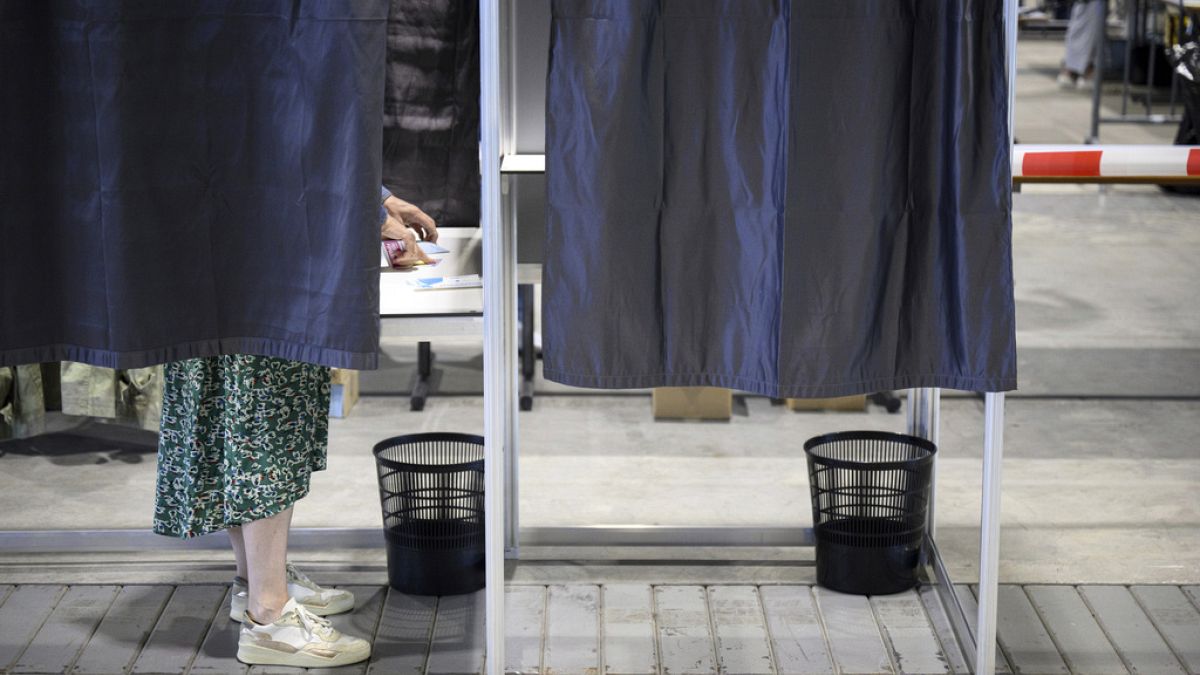



/cdn.vox-cdn.com/uploads/chorus_asset/file/25739950/247386_Elon_Musk_Open_AI_CVirginia.jpg)



